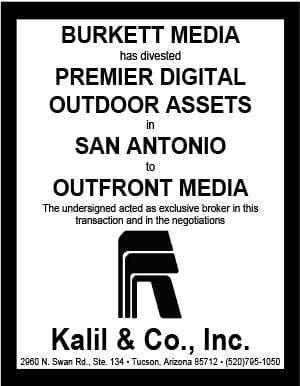
These days, it seems it is always political season. With campaigning having become a nonstop, year-round endeavor, spending on political advertising has skyrocketed as a result, jumping from just shy of 2.6 billion in 2016 to nearly $10 billion in 2022. Case in point, the 2022 federal midterm elections were the most expensive in history with campaigns spending a record $8.9 billion. As one might expect, spending is projected to reach even greater heights in the run-up to the 2024 election.
Campaigns are also turning to the latest technologies to capture the attention of voters in more noticeable, and sometimes controversial, ways. Political marketers are using fake images and videos, altered voices, and other AI-aided techniques in social media, TV, and online campaigns. The widespread availability of AI as well as a range of synthetic tools and image generators has led to the creation of ads that have the capacity to mislead or outright fool voters with disingenuous content.
The concerns around fake content compelled Google to recently update its political advertising copy policy to require advertisers to prominently disclose whether any portion of an ad was generated by artificial intelligence. The requirement will extend to all digital ads on Google and videos on its YouTube platforms. More broadly, the Federal Election Commission recently disclosed its intent to regulate AI-generated content in political ads, as well. Just how effective this will be and to what extent this oversight will impact voter preference remains to be seen.
These measures are reminders of the growing distrust of political ads. Multiple surveys suggest that fewer Americans believe what they see and hear in a political ad. Social media platforms have been hammered for spreading disinformation, as was the case with Facebook in 2016, while TV news networks are seen as overly partisan. AI-generated ads are likely to further diminish voter confidence, especially for ads displayed on channels that already suffer from trust and reputational issues.
For any candidate, distinguishing oneself as trustworthy and authentic in today’s political environment is no easy task. Enter out of home (OOH).
OOH media is consistently ranked among the top mediums when it comes to trust. MarketingSherpa found that 69% of consumers trust OOH when making purchasing decisions. With its hyperlocal nature and ability to convey simple, easily digested messages, OOH has proven to be more trusted than other digital and online channels, including social media. Brands continue to embrace OOH as recent studies have revealed a direct correlation between OOH investment and increases in brand trust and perception of quality.
In today’s polarized political environment, many voters are deeply entrenched in their positions and are already committed to supporting candidates who share their views. Reaching impressionable swing voters who remain undecided is critical. By leveraging OOH, candidates can reach those coveted voters on a community-by-community basis, using a range of data sources to craft and deliver customized messages that speak directly to the issues that are of importance to that local constituency.
OOH can also amplify investments in complementary media channels and ensure consistency of message that further enhances trust. With so many different inventory types and locations, the OOH opportunity is available to all, from well-funded national candidates to bootstrapped local campaigns. And, according to the OAAA, OOH generates the highest ad recall among all core forms of media, which is of particular value to any political candidate.
Many may believe that ‘trust’ and ‘politics’ are opposed to one another. The prevalence of fake political ads will only solidify this view. OOH is an outlier for political advertisers, providing candidates a trustworthy channel for establishing their authentic brand and delivering a memorable and credible message on issues that matter most to voters.
To receive a free morning newsletter with each day’s Billboard insider articles email info@billboardinsider.com with the word “Subscribe” in the title. Our newsletter is free and we don’t sell our subscriber list.
Paid Advertisement

















